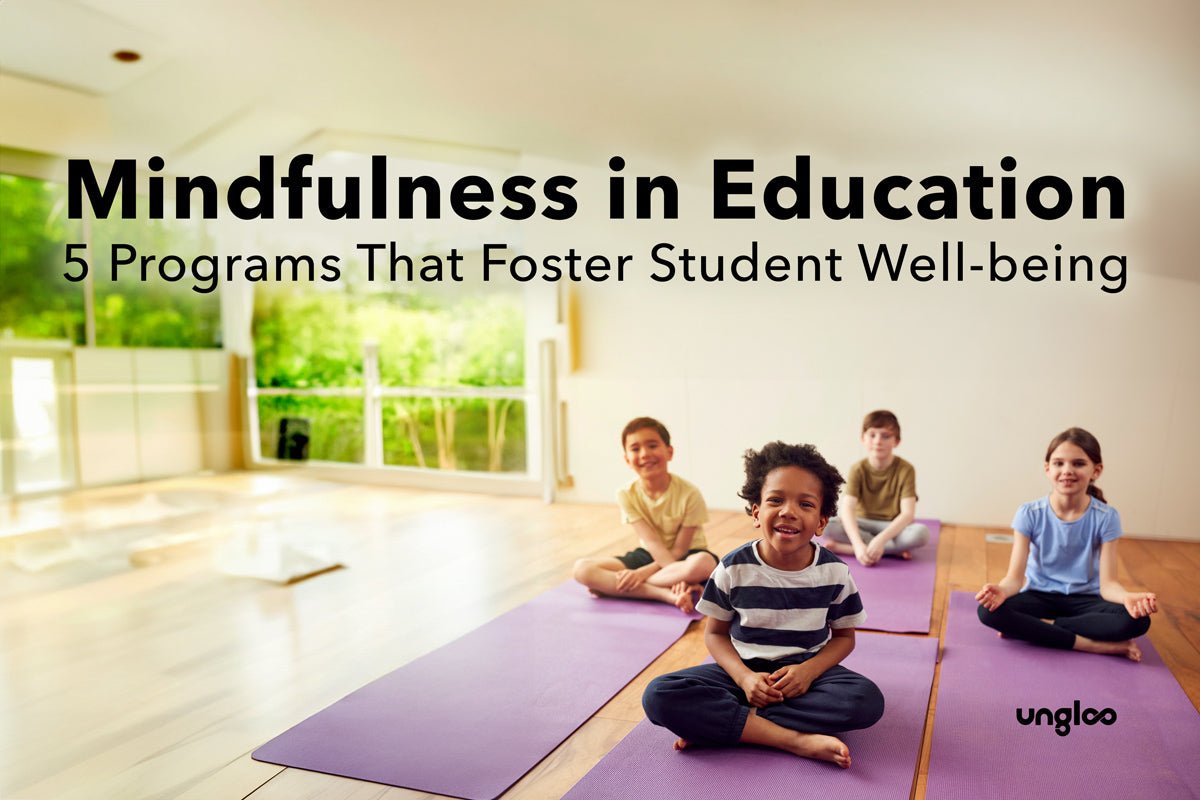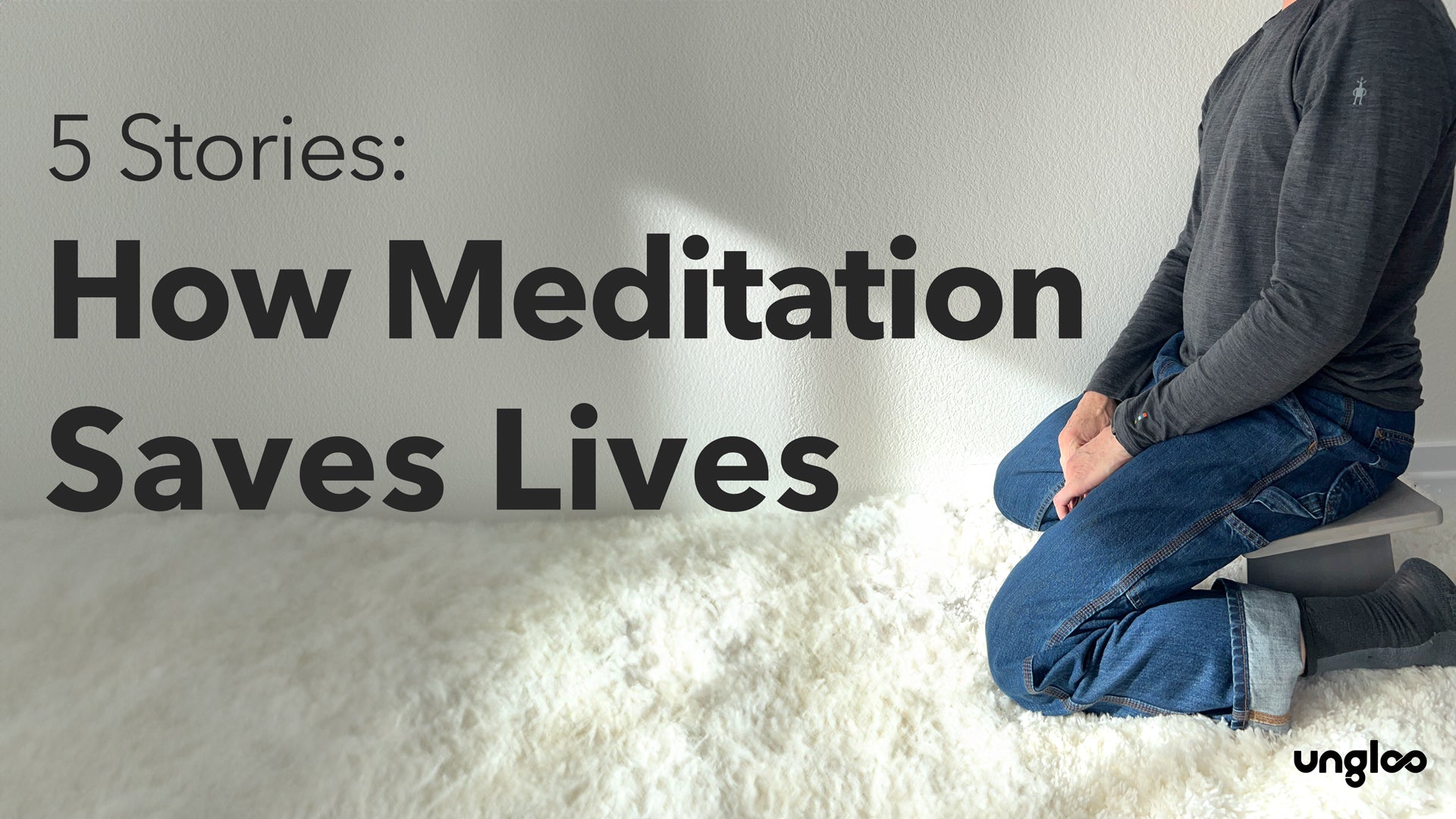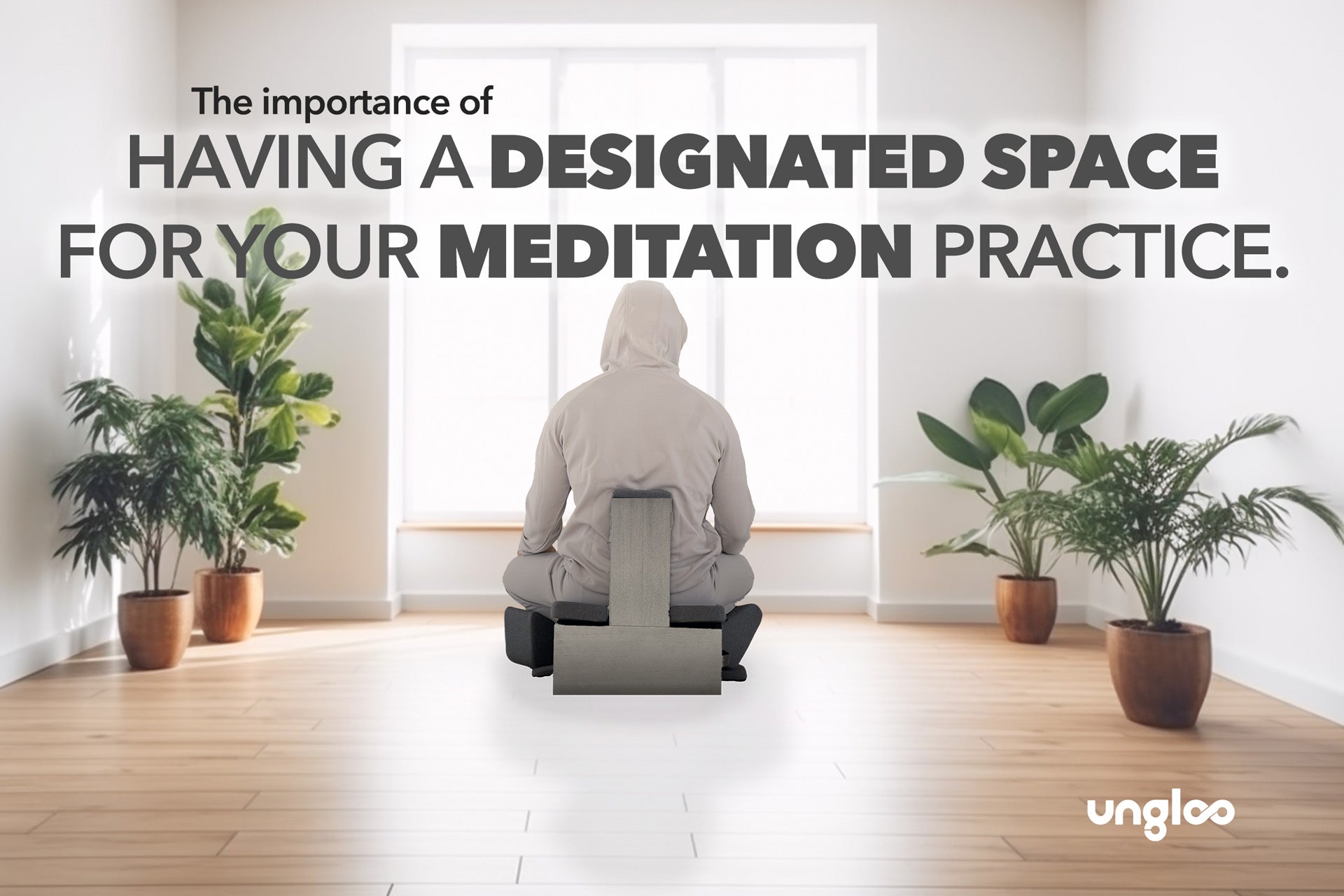Have you ever wished there were more programs in schools to teach various types of life skills in schools, like financial literacy, career and life planning, conflict resolution and mindfulness training?
Well, as you can probably imagine there are many schools around the world that have recognized the benefits of integrating meditation or mindfulness training. Pat yourself on the back! You’re fellow Earthlings are making progress!!
Here are 5 organizations that are implementing curriculum to support the well-being students.
- Holistic Life Foundation: The Holistic Life Foundation, based in Baltimore, Maryland, works with several schools in the area to integrate mindfulness practices into their daily routines. They offer programs that teach students mindfulness techniques such as meditation, yoga, and breathing exercises to help them manage stress and improve focus. Examples of schools they have worked with include Robert W. Coleman Elementary School and Patterson High School.
- Mindful Schools: Mindful Schools is an organization based in Oakland, California, that offers mindfulness programs for educators and students. They provide online courses and in-person training for teachers to learn how to incorporate mindfulness practices into the classroom. Many schools across the United States have adopted their curriculum, including public, private, and charter schools.
- Goldie Hawn's MindUP: The MindUP program, founded by actress Goldie Hawn, is implemented in schools worldwide. It teaches students mindfulness practices to help them develop emotional intelligence, self-awareness, and resilience. The program provides lesson plans, activities, and training for educators to integrate mindfulness into their teaching. Schools that have adopted the MindUP program have reported improvements in student behavior, academic performance, and overall well-being.
- Wellbeing in Schools Program (WISP): WISP is a mindfulness program developed by the University of Oxford's Department of Psychiatry in collaboration with the Oxford Mindfulness Centre. It aims to promote mental health and well-being among students and teachers. The program offers mindfulness training for educators and provides resources for integrating mindfulness practices into the school day. School Districts in the UK and other countries, like this one in the San Francisco Bay Area have adopted the WISP curriculum to support the well-being of their students and staff.
- Inner Kids Foundation: The Inner Kids Foundation, founded by Susan Kaiser Greenland, offers mindfulness programs for schools to help students cultivate attention, emotional regulation, and empathy. Their curriculum includes mindfulness practices, such as mindful breathing, mindful movement, and guided visualization, designed specifically for children and adolescents. Many schools in the United States have implemented Inner Kids programs to support the social and emotional development of their students.
Overall, schools that implement these programs as part of a holistic approach to education, recognizing the importance of supporting students' social, emotional, and psychological development alongside their academic learning. Yes please! Hats off to these organizations who are striving to help kids on their journey toward emotional well-being and peace of mind.
Here at Ungloo.com we are big advocates for mindfulness. One way we support people in their efforts to become more mindful is through the meditation. We create meditation seats, chairs, and cushions to make meditation, particularly sitting cross legged or kneeling, more accessible to more people.



